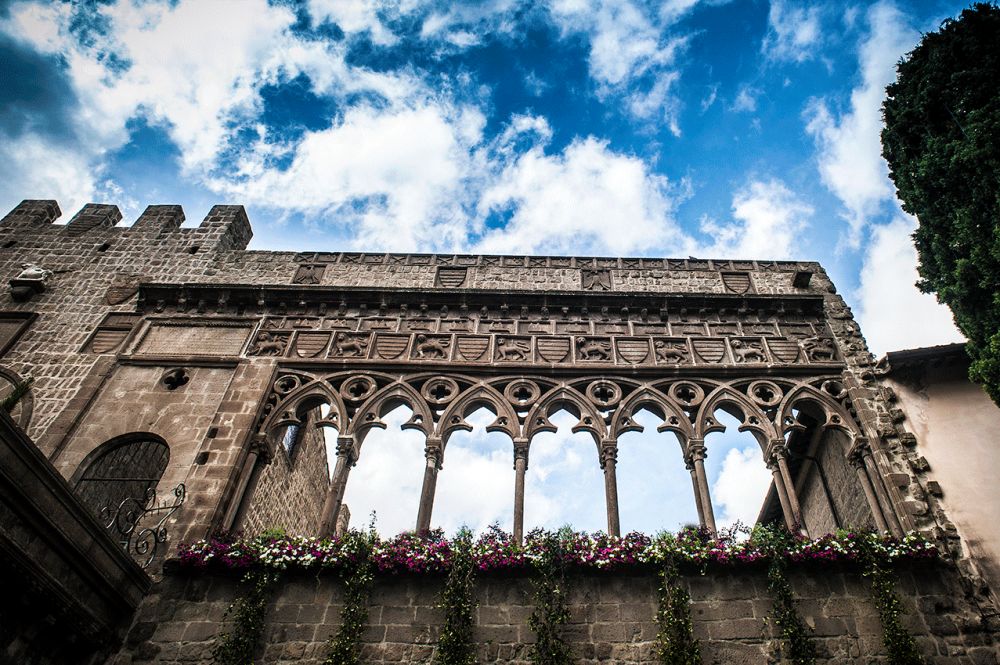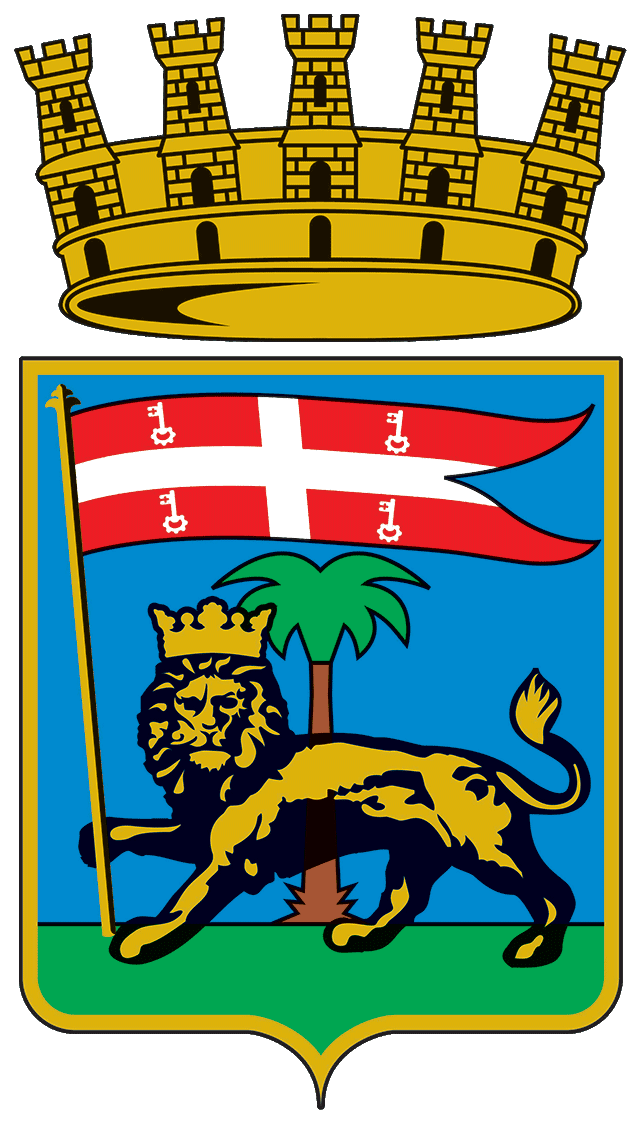The city of the Popes

If you have already googled Viterbo, chances are that you found it online as the “City of the Popes”. Just like her famous sisters - Rome and Avignon - Viterbo has been in fact the Papal Seat between 1257 and 1281. The first Pope to live in town was Alexander IV who decided to move his residence here in order to escape the hostile climate of persecutions and riots in Rome. After him, Urban IV, Clement IV, Gregory X, Innocent V, Adrian V, John XXI, Nicholas III and Martin IV followed his example and opted for the safety that Viterbo’s city walls offered. Those twenty-four years were a glorious time for the capital city of Tuscia, as the Popes brought wealth and significant changes to its architecture.
The Palace of the Popes
The Palazzo dei Papi (Palace of the Popes) is the most important monument and the most photographed landmark in town. The building, commissioned by the Capitano del Popolo (captain of the people) Raniero Gatti in 1255, was completed in 1266 and the following year its elegant loggia was added. Despite several alterations made to it over time, the Palace of the Popes with its gothic style and majestic staircase is still very fascinating to see. To fully enjoy its beauty try both perspectives: from the North – where you will see it standing in the middle of Valle Faul like a proper fortress – and from the South, where its stunning façade stands tall next to the Cathedral.
The longest Conclave in history
The most important event that took place inside the Palace of the Popes in Viterbo was the longest conclave in history. After the death of Clement IV in 1268, the Cardinals were struggling to agree on the same candidate and therefore the election of a new Pope was taking much longer than usual. In an effort to try and speed up their decision making process (it eventually took them 1006 days), the citizens of Viterbo locked the eighteen cardinals inside the palace, with eventually little food and no roof above their heads. Hence the word Conclave (from the Latin clausi cum clave, literally: closed with a key), which was born on this occasion. Even nowadays, over seven centuries later, when a papal election takes place Viterbo is at the centre of the attention of the media because of this famous event.
The Popes’ treasure
The Palace of the Popes shares its location (Piazza San Lorenzo) with two other important buildings: Viterbo’s Cathedral and the Colle del Duomo Museum. If in the 13th century Viterbo’s Papal Palace was the equivalent of the Vatican, its Cathedral was the medieval version of St. Peter’s Basilica. The building dates back to the 12th century, its current façade to the Renaissance whilst its bell tower was built in the 1300s. Inside the church there is a precious white marble baptismal font dating back to 1470 and several beautiful paintings. John XXI, the only Portuguese Pope, was buried here and his tomb is located in the left aisle.
The entrance to the Colle del Duomo Museum is right next to the Cathedral. The museum, which opened in 2000, is divided into three sections: Archaelogy, History and Sacred Art. In the latter, vestments and precious objects once belonging to Popes are on display.
